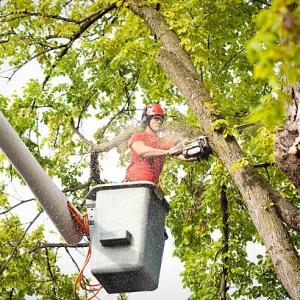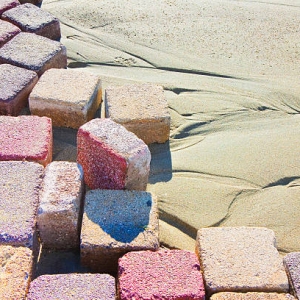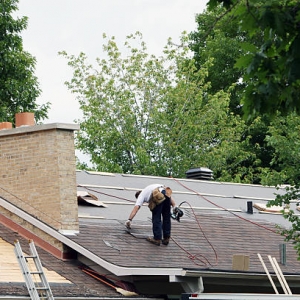A kitchen faucet plays a major role in the functionality and appearance of your space. Whether you are revamping your kitchen or simply updating an outdated fixture, installing a new faucet can drastically improve daily convenience. Replacing your kitchen faucet is one of the easiest upgrades that can bring immediate improvement to your home.
Why Replacing Kitchen Faucet Matters
When it comes to replacing kitchen faucet, understanding why the upgrade is essential can help you make better remodeling decisions. Over time, older faucets tend to lose water pressure, develop leaks, or show visible signs of wear. An upgrade not only modernizes your kitchen’s look but also improves water flow, hygiene, and efficiency.
Preparing for the Replacement
Before beginning the installation process, preparation is crucial. Start by turning off the water supply and clearing the area under your sink. This will make the removal process smoother and reduce the chances of sudden water leaks.
Steps Before Removing the Old Faucet
-
Shut off hot and cold water valves
-
Drain excess water from the faucet
-
Disconnect the water supply lines
-
Use a basin wrench to loosen mounting hardware
Taking your time during preparation ensures a safer and easier installation.
Choosing the Right Faucet
Selecting the perfect faucet involves more than picking a design. Consider how you use your kitchen daily. Do you need a pull-down sprayer for easier cleaning? Would a high-arc faucet help fill tall pots? Think about usability, finish, and durability.
Key Factors to Consider
-
Single-handle vs. dual-handle
-
Stainless steel, brushed nickel, or matte black finishes
-
Faucet height and sprayer options
-
Compatibility with your existing sink holes
Choosing a model that fits your sink’s configuration ensures a seamless installation process.
Installing the New Kitchen Faucet
Once you have selected your new faucet, it’s time to begin installation. Start by placing the faucet through the sink’s mounting holes. Secure it from underneath using the provided hardware.
Installation Tips
-
Ensure gaskets and seals are properly aligned
-
Tighten mounting nuts carefully without overtightening
-
Reconnect water supply lines
-
Turn on water slowly and check for leaks
After installation, test both hot and cold water to ensure proper flow. Make sure the faucet rotates smoothly and the sprayer retracts properly if included.
Common Mistakes to Avoid
DIY faucet installation is manageable, but certain mistakes can lead to long-term issues.
Avoid These Errors
-
Ignoring debris or old sealant around sink openings
-
Over-tightening connections
-
Forgetting to flush the faucet before use
-
Using mismatched fittings or supply lines
Avoiding these problems ensures your new faucet works efficiently from day one.
Benefits of Upgrading Your Kitchen Faucet
Replacing your kitchen faucet offers improvements far beyond looks. New models often come with water-saving features, easier cleaning options, and greater reach through pull-down hoses.
Key Benefits
-
Enhanced water pressure and efficiency
-
Better hygiene with touchless or single-handle options
-
Increased home value
-
Modern appearance that elevates your kitchen
It’s a small upgrade that delivers big results.
Professional Help Makes a Difference
While DIY installation is possible, hiring an expert can save time and prevent unforeseen complications. Professionals handle difficult plumbing setups and ensure a leak-free finish. They can also help match your faucet with the rest of your kitchen remodeling elements.
Conclusion
Replacing your kitchen faucet is a simple yet impactful way to enhance both style and function in your kitchen. Whether part of a full remodel or a stand-alone upgrade, this improvement can make daily tasks easier and your kitchen more enjoyable. For dependable and professional installation services, trust DM Interior Remodeling—your reliable choice for kitchen upgrades and expert craftsmanship.











